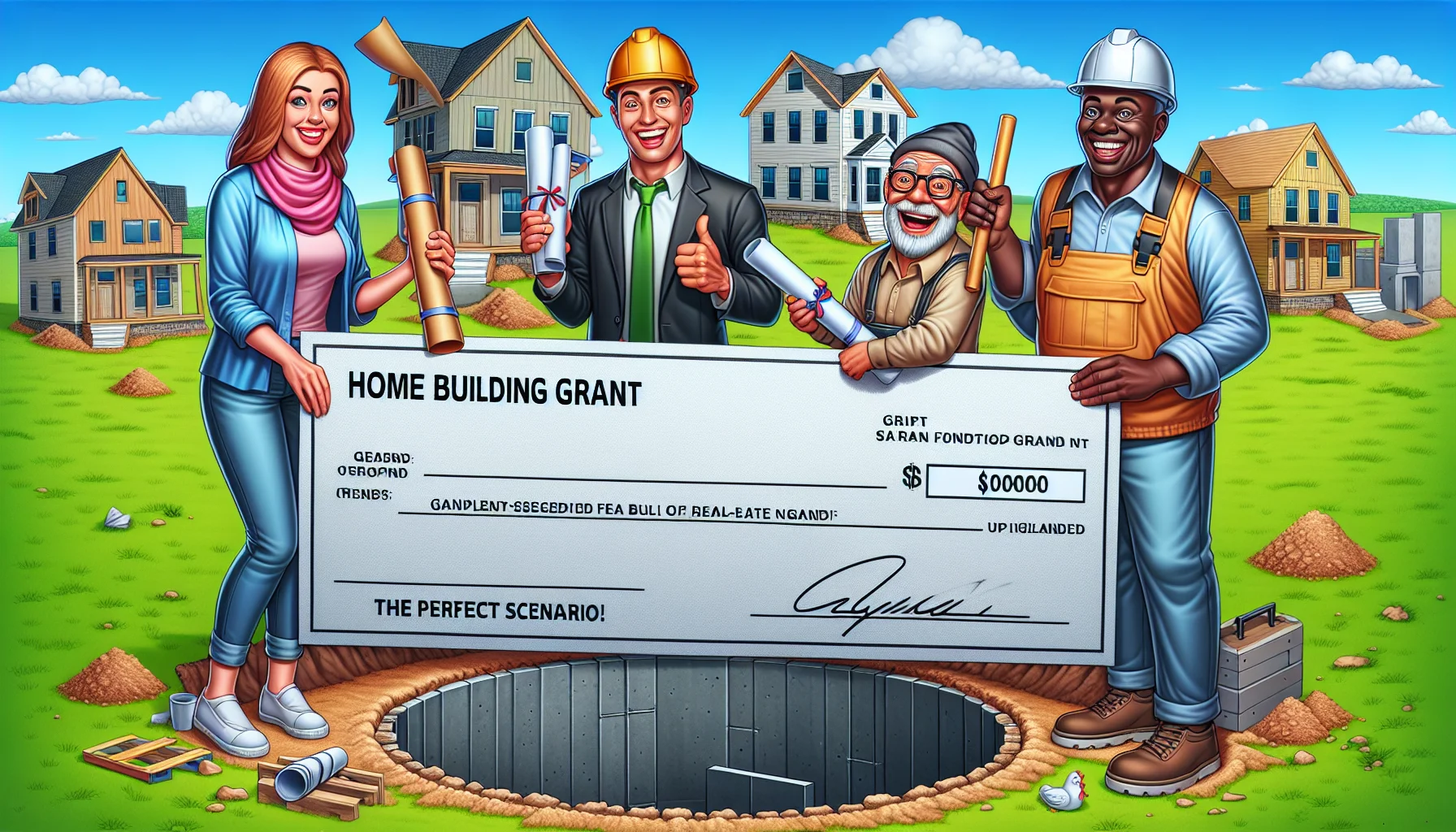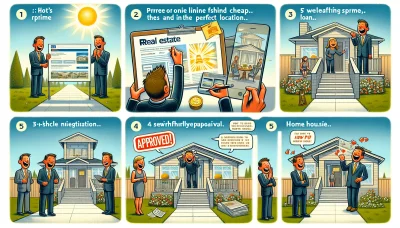Home building grants Quiz
Test Your Knowledge
Question of
Understanding Home Building Grants
Eligibility Criteria for Home Building Grants
- Income and Financial Requirements : Applicants must meet certain income and financial criteria to qualify for home building grants. These requirements ensure that grants are awarded to those in financial need.
- Property Location and Type Restrictions : Grants may have restrictions based on the location and type of property. This could include zoning requirements or limitations on the type of housing that can be built.
Types of Home Building Grants Available
- Federal and State Grant Programs : Various programs are available through federal and state governments to assist with home building. These grants can support a range of housing projects, from single-family homes to larger developments.
- Private and Nonprofit Grant Opportunities : In addition to government programs, private foundations and nonprofit organizations offer grants for home building. These grants often focus on specific communities or housing needs.
Applying for Home Building Grants
- Documentation and Application Process : Applicants will need to gather necessary documentation, which may include financial records, property details, and plans for the building project. Understanding the application process for each grant is crucial.
- Tips for a Successful Grant Application : To increase your chances of receiving a grant, ensure your application is thorough and accurate. Highlight how your project meets the grant's objectives and how it will benefit the community.
Planning Your Home Construction Project
-
Setting a Realistic Budget
- Estimating Construction Costs
- Allocating Funds for Unexpected Expenses
-
Choosing the Right Location
- Researching Zoning Laws and Regulations
- Evaluating the Local Real Estate Market
-
Designing Your Dream Home
- Working with Architects and Designers
- Incorporating Energy Efficiency and Sustainability
Financing Your Home Build
Understanding Construction Loans
-
Differences Between Construction and Traditional Loans
Construction loans are short-term loans used to finance the building of a home, requiring interest-only payments during construction, transitioning to a traditional mortgage upon completion. Unlike traditional loans, they often have variable rates and require detailed project plans and budget approval.
-
Qualifying for a Construction Loan
To qualify for a construction loan, borrowers must present detailed building plans, a realistic budget, and a timeline for construction. Lenders also require a higher credit score and down payment compared to traditional loans.
Exploring Mortgage Options
-
Fixed-Rate vs. Adjustable-Rate Mortgages
Fixed-rate mortgages offer the security of a constant interest rate and monthly payment for the life of the loan, while adjustable-rate mortgages (ARMs) may start with lower rates but can fluctuate over time, potentially leading to higher payments.
-
Government-Backed Mortgages and Their Advantages
Government-backed mortgages, such as FHA, VA, and USDA loans, offer benefits like lower down payments and easier qualification criteria, making homeownership more accessible to a wider range of borrowers.
Alternative Financing Solutions
-
Crowdfunding and Community Support
Crowdfunding platforms can provide an unconventional way to raise funds for a home build, allowing friends, family, and even strangers to contribute financially to your project.
-
Lease-to-Own Agreements
Lease-to-own agreements offer a path to homeownership without the immediate need for a traditional mortgage, allowing renters to build equity through lease payments with an option to purchase the home at a later date.
Navigating the Home Building Process
-
Hiring the Right Contractors
- Vetting Potential Builders and Contractors
- Negotiating Contracts and Terms
-
Managing Construction Timelines
- Creating a Project Schedule
- Dealing with Delays and Setbacks
-
Ensuring Quality and Compliance
- Regular Inspections and Quality Checks
- Understanding Building Codes and Regulations
Sustainable Home Building Practices
-
Eco-Friendly Materials and Technologies
- Choosing Sustainable Building Materials
- Incorporating Renewable Energy Sources
-
Green Building Certifications
- LEED Certification Process
- Other Recognized Sustainability Standards
-
Long-Term Benefits of Sustainable Homes
- Energy Savings and Reduced Utility Bills
- Enhanced Property Value and Marketability
Post-Construction Considerations
-
Securing Home Insurance
-
Coverage Types and What to Look For
Understanding the different types of coverage is essential for protecting your new home. Look for policies that cover not only structural damage but also personal property and liability.
-
Comparing Insurance Providers and Policies
It's important to compare various insurance providers and their policies. Consider factors such as coverage limits, deductibles, and premiums to find the best fit for your needs.
-
-
Property Tax Implications
-
Understanding Assessment and Valuation Process
Property taxes are based on the assessed value of your home. Familiarize yourself with the local assessment process to ensure your property is fairly evaluated.
-
Strategies for Minimizing Property Taxes
There are several strategies to potentially reduce your property tax burden, such as reviewing the assessment for accuracy and applying for any available exemptions.
-
-
Maintaining Your New Home
-
Routine Maintenance Schedule
Creating a routine maintenance schedule can help you keep your home in top condition. This includes regular checks and upkeep of critical systems and areas.
-
Planning for Future Renovations and Upgrades
Even after construction, you may want to plan for future renovations or upgrades. Consider setting aside a budget for these projects to enhance your home's value and functionality over time.
-












